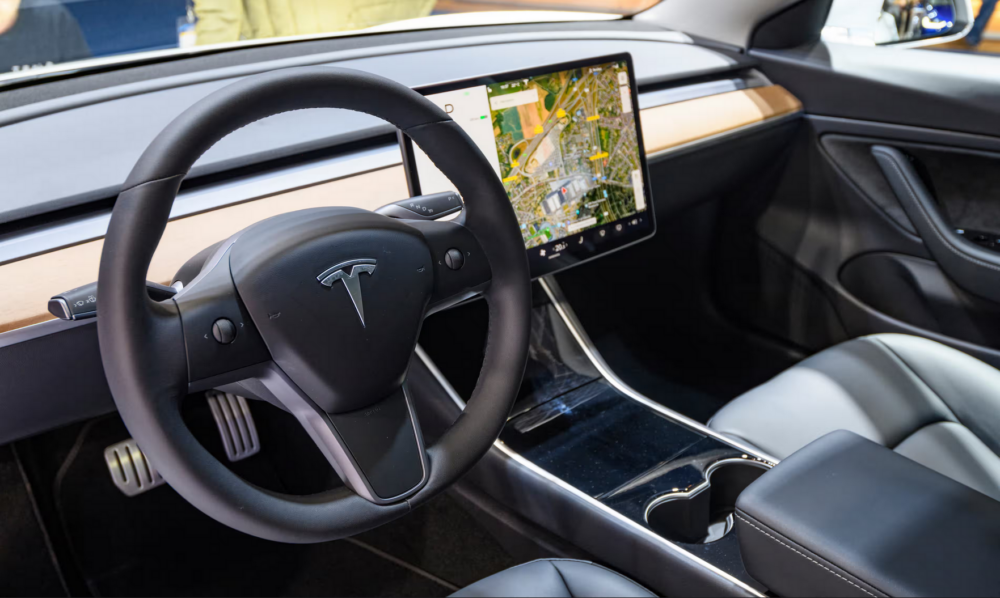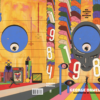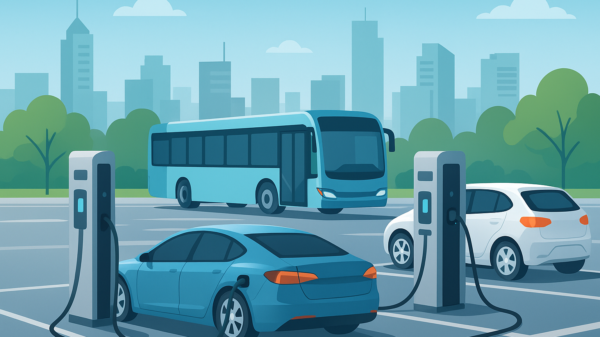The Province of British Columbia has banned fully automated self-driving vehicles, slapping potential offenders with up to a $2,000 fine and six months in jail.
Earlier this month, the government changed the Motor Vehicle Act to prohibit drivers from using driving level 3 or higher automated vehicles, as defined by the Society of Automotive Engineers (SAE).
The SAE’s classifies the ranges from level 0 to level 5, wherein a motorist is not driving a car at Level 3 automation or above — even if they sit in the driver’s seat. At Level 0, there’s absolutely no automation, while the first two levels include driver-assisted technology like automatic braking and lane assist. These still require the driver to focus on the road and be ready to respond.
Beyond that, level’s three to five of automation do not require a person to drive the car at all.
“Drivers and manufacturers are expected to comply with the legislation – this includes driving with due care and attention at all times,” a spokesperson for the Transportation Ministry said in a statement.
Transport Canada explains that an automated vehicle independently drives the car using sensors, controllers, an onboard computer, and software.
The new regulation will not significantly impact the roads, as Transport Canada currently does not permit the purchase of automated vehicles in Canada.
Self-driving vehicles are usually electric, and B.C. drivers have a particular fondness for electric vehicles (EVs). B.C. Hydro reports that as of January 2024, more than 230,000 EVs were on B.C. roads, and it claims that B.C. has the highest adoption rate of EVs in North America.
Read more: BMW’s electric car success: learning from past failures
Read more: Apple ejects out of autonomous car market, to cut hundreds of employees
Tesla’s autopilot technology has severe limitations
For many people self-driving vehicles equate to automotive brands like Tesla Inc (NASDAQ: TSLA) , which equips its cars with an “autopilot” feature. Tesla’s autopilot provides features such as traffic-aware cruise control and auto-steering, which can adjust to the speed of surrounding traffic and navigate within a marked lane, yet it qualifies only as Level 2 automation.
Tesla’s autopilot feature has also attracted its fair share of controversy. The company recently settled a lawsuit alleging that the autopilot feature caused an Apple engineer’s Model X to swerve into a highway barrier, resulting in his death. The U.S. National Highway Traffic Safety Administration has initiated over 40 investigations into accidents involving Tesla’s automated driving systems, which have led to 23 deaths.
Furthermore, safety advocacy group, The Dawn Project released safety test videos that displayed the failures of Tesla’s driver monitoring system last summer.
The videos reveal Tesla’s driver monitoring system failing to detect when drivers text, read, watch movies, or even fall asleep at the wheel. The system also fails to recognize a teddy bear, a unicorn, or an empty driver’s seat.
Tesla has issued warnings about its self-driving software, stating that it may make mistakes during critical moments and could cause sudden swerving even under normal driving conditions. The automaker urges drivers to keep their hands on the wheel and remain vigilant while using the system.
Read more: Computer safety watchdog shows failures of Tesla self-driving system
Read more: Where does Tesla get its lithium from?
Timeline for self-driving vehicles remains unclear
Regulators have permitted the sale of Tesla’s self-driving software to the public, with the stipulation that a driver must be present in the car and fully attentive to the road, with both hands on the steering wheel, ready to take control if necessary.
Currently, the timeline for when B.C. — and Canada — will welcome self-driving vehicles remains unclear. The province states that it needs to conduct further testing and develop more policies “before considering Level 3 or higher automated vehicles safe.” While currently prohibited, B.C. mentions that it might allow such vehicles in the future, either through provincial regulation or via a pilot project.
joseph@mugglehead.com














